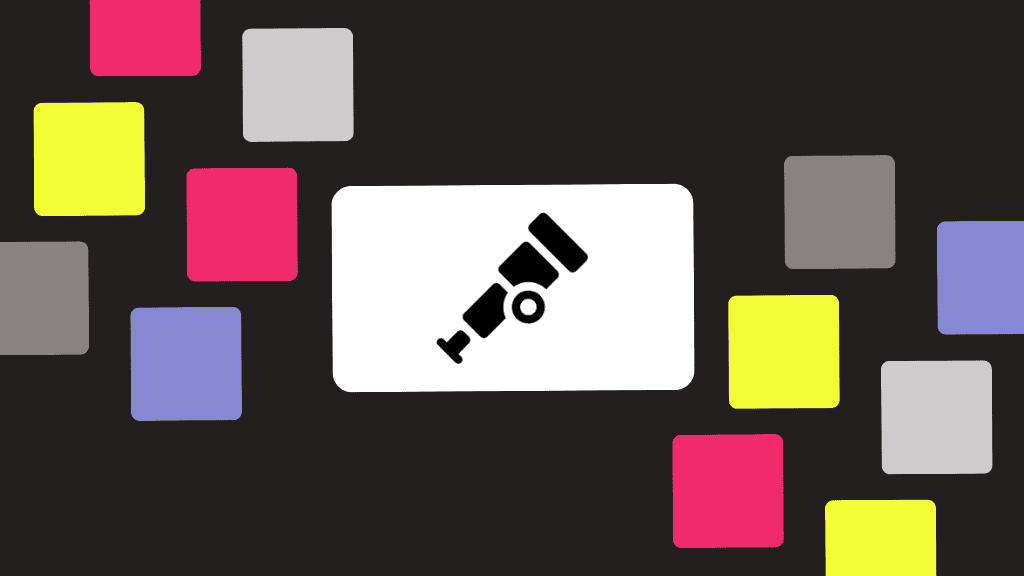
OVERVIEW
In this episode of the The Stack Overflow Podcast, Austin Emmons, Lead iOS Engineer at Embrace, sits down with Ryan Donovan and Eira May to discuss the nuances of mobile observability. Austin shares his experiences and insights on how mobile observability differs from backend observability, the importance of open standards like OpenTelemetry, and the future of mobile observability.


